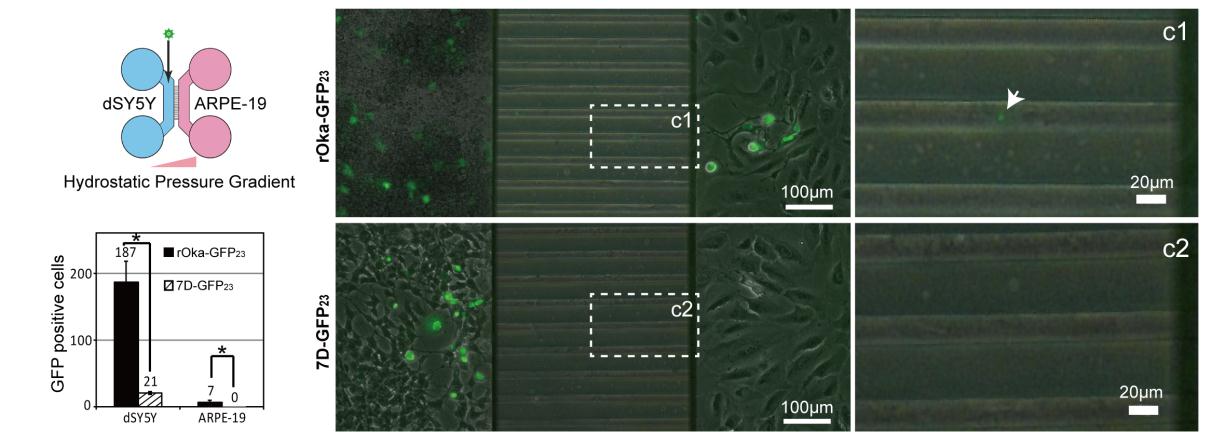The neurological damage caused by varicella-zoster virus (VZV) reactivation is commonly manifested as clinical problems. Thus, identifying viral neurovirulent genes and characterizing their functions are important for relieving VZV related neurological complications. ORF7 has been previously identified as a potential neurotropic gene, but its involvement in VZV replication is unclear.
In a joint study with Prof. ZHU Hua from Rutgers New Jersey Medical School, Prof. LUO Minhua from Wuhan Institute of Virology of the Chinese Academy of Sciences demonstrate that the ORF7 protein is a component of the tegument layer of VZV virions.
In this study, to decode the function of pORF7, distinct cells including the epithelium cell ARPE-19, neural progenitor cells (NPCs), differentiated NPCs (dNPCs), neuroblastoma SH-SY5Y (SY5Y) and differentiated SH-SY5Y (dSY5Y) were used. The scientists analyzed the effect of ORF7 deletion on the viral replication processes, including viral entry, viral gene expression and genome replication, viral particle assembly and envelopment, and intercellular viral spread. Results revealed that pORF7 participates in VZV cytoplasmic envelopment in neuronal cells which could be a target for the attenuation of VZV neurovirulence.
ORF7 deletion attenuates the VZV replication in ARPE-19 cells and NPCs, and severely impairs viral replication and neurovirulence in differentiated neuronal cells. 7D shows impaired transneuronal transmission, and impaired capacity for producing intact virions in neurons and for spreading to neighboring neurons or innervated non-neuronal cells. These results suggest that 7D could be a basis for a safer vaccine.
The results have been published in Journal of Virology entitled "ORF7 of Varicella-Zoster Virus Is Required for Viral Cytoplasmic Envelopment in Differentiated Neuronal Cells".
This work was supported by National Natural Science Foundation of China (NSFC) projects and the National Basic Research Program of China (973 Program). Researchers from National Institute of Diagnostics and Vaccine Development in Infectious Diseases (Xiamen University) and College of Life Sciences of Wuhan University also participated in this study.

Virus transmission from dSY5Y to ARPE-19. Image by LUO Minhua
Contact
Luo Minhua
E-mail: luomh@wh.iov.cn
Wuhan Institute of Virology, Chinese Academy of Sciences, Wuhan 430071, China. (http://english.whiov.cas.cn/)